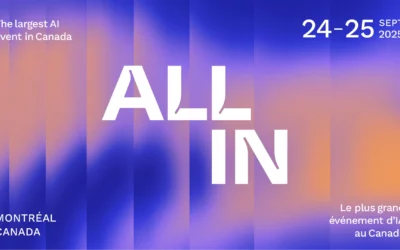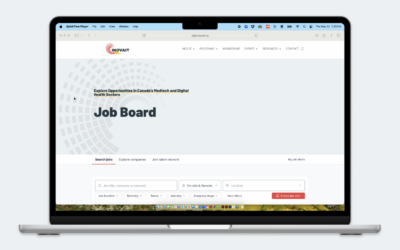Terry Peters, a New Zealander-Canadian with a background in Electrical Engineering from the University of Canterbury, has been on a transformative journey in image-guided therapy over his fifty-year career. His story unfolds as a series of pivotal moments and breakthroughs.
In 1971, Peters’ mentor Richard Bates redirected his career from engineering to medical imaging. At the time, medical imaging primarily relied on radiographs that had remained unchanged for over 75 years. Peters was tasked with measuring bone density and studying wave scattering in homogeneous mediums. This challenge set the stage for his groundbreaking work discovering computerized tomography (CT). Although his work was initially overshadowed by British scientist Godfrey Hounsfield, who won a Nobel Prize for his work in CT, Peters persevered, realizing the transformative potential of his discoveries.
“There was an initial disappointment, but it quickly subsided as we realized we were really onto something transformational,” says Peters.
The concept of multiple discoveries (when a discovery is made independently and more or less simultaneously by multiple inventors) is not a new phenomenon. Examples include the invention of the steam engine and the telephone. He and Hounsfield eventually crossed paths over the course of their careers, inspiring and challenging each other.
Peters faced skepticism when he introduced his CT technology to local radiologists, who favoured traditional radiographs. Undeterred, Peters worked on a shoestring budget to assemble a cost-effective CT scanner. This endeavour led to published work and prompted existing CT scanner manufacturers to adopt one of his innovations, resulting in significant resolution improvements to the machines of the time.
In 1975, while tasked by the New Zealand government to select the first commercial CT scanner for the country, Peters attended a CT conference at Stanford University. There, he was introduced to magnetic resonance imaging (MRI), a nascent technology presented by Paul Lauterbur, who would later win a Nobel Prize for his work in this area. Peters also met Chris Thompson, a fellow Kiwi and scientist, who invited him to the Montreal Neurological Institute to collaborate on advancing CT and positron emission tomography (PET). For nearly two decades, Peters worked in Montreal before Aaron Fenster invited him to establish his lab at the Robarts Research Institute at Western University in London, Ontario.
In the Virtual Augmentation and Simulation for Surgery and Therapy (VASST) Lab, Peters faced his most challenging project: developing technology to repair mitral valves inside the beating heart. Traditional mitral valve repair requires surgeons to stop the heart and connect the patient to a heart-lung machine during the procedure. This is an extremely risky treatment that requires highly skilled surgeons to accomplish.
“This project was arguably one of the most challenging in my career,” says Peters. “Operating on the heart with irregular movements is probably one of the most difficult manoeuvres a cardiac surgeon encounters. Any wrong movement can be fatal.”
To address this, Peters’ team created a silicone heart model that replicates a patient’s natural heart rhythms, enabling surgeons to test repair techniques in the beating silicone heart prior to surgery. He developed several prototypes before designs were acquired by Archetype Biomedical, in London, Ontario, a spin-off from his lab. This innovation has been critical to being able to test new technologies without using animal models, as well as allowing modeled heart valves to be evaluated in close to real-world conditions.
Peters’ remarkable career has left an indelible mark on medical imaging. His early introductions to medical imaging, through Prof. Bates, proved formative and pushed Peters to encourage his own students to push the boundaries of what is deemed possible. With over 300 peer-reviewed publications spanning a wide variety of imaging modalities, mentorship of over 100 trainees, and a passion for collaboration with forward-thinking clinicians, he continues to make an impact. Even in his “nominally retired” state, he dedicates time to his grandchildren while frequently returning to the lab to support and drive his students towards fresh innovations and new discoveries in medtech.
Terry Peters supported an INOVAIT Pilot Fund project with Northern Digital Inc. (NDI) on x-ray fluoroscopy.

This article was first featured in INOVAIT’s 2020-2023 Progress Report titled, ‘Canada’s Image-guided Therapy Sector: Supported by INOVAIT, growing with artificial intelligence’. This comprehensive 72-page report highlights the significant advancements and impact of ongoing initiatives within the Canadian image-guided therapy sector from 2020-2023. It outlines key achievements in the sector, including the development of new technologies, significant economic growth and wins, and the overall strength and growth of the Canadian healthcare innovation ecosystem. You can download a copy of the report here.




